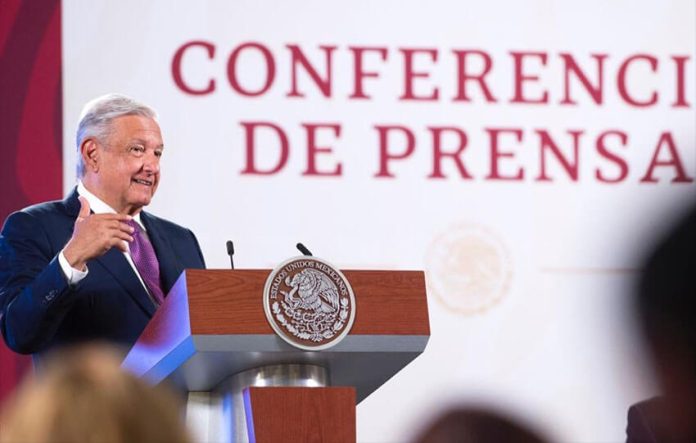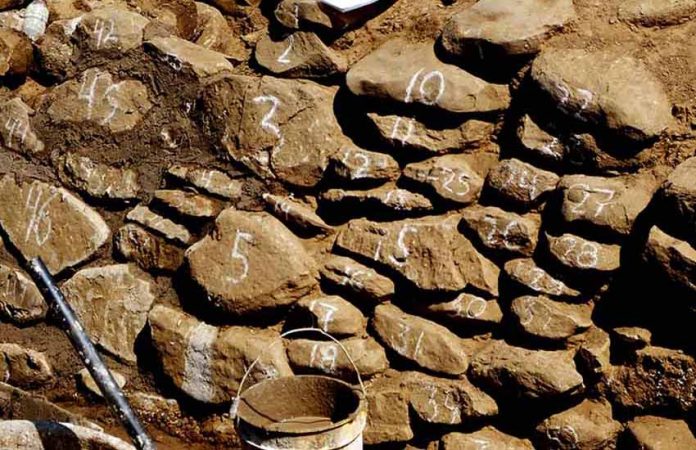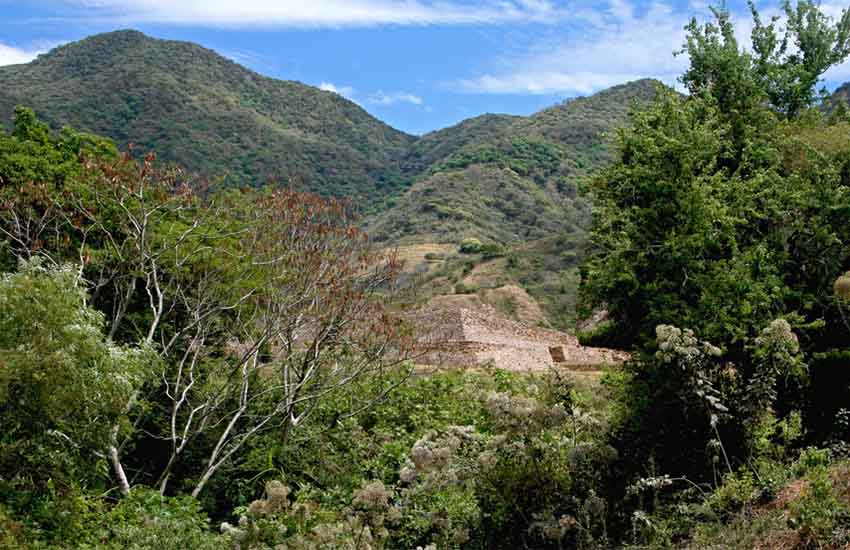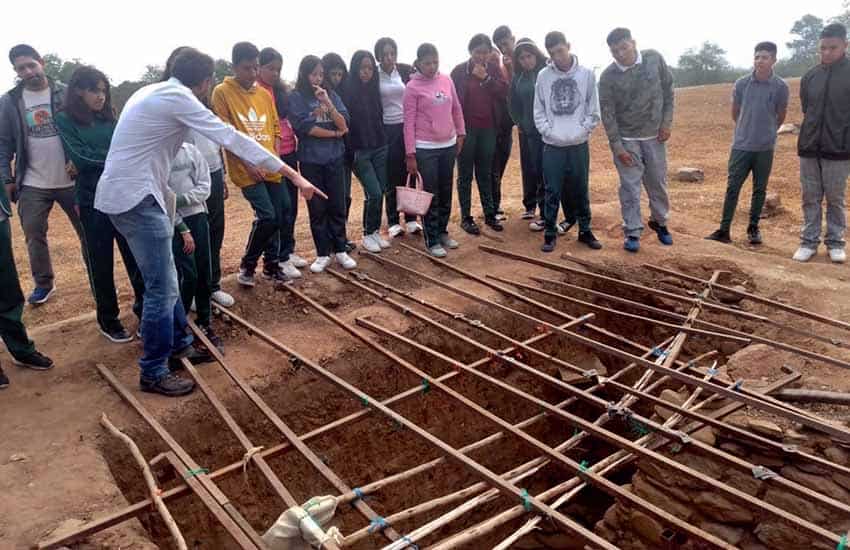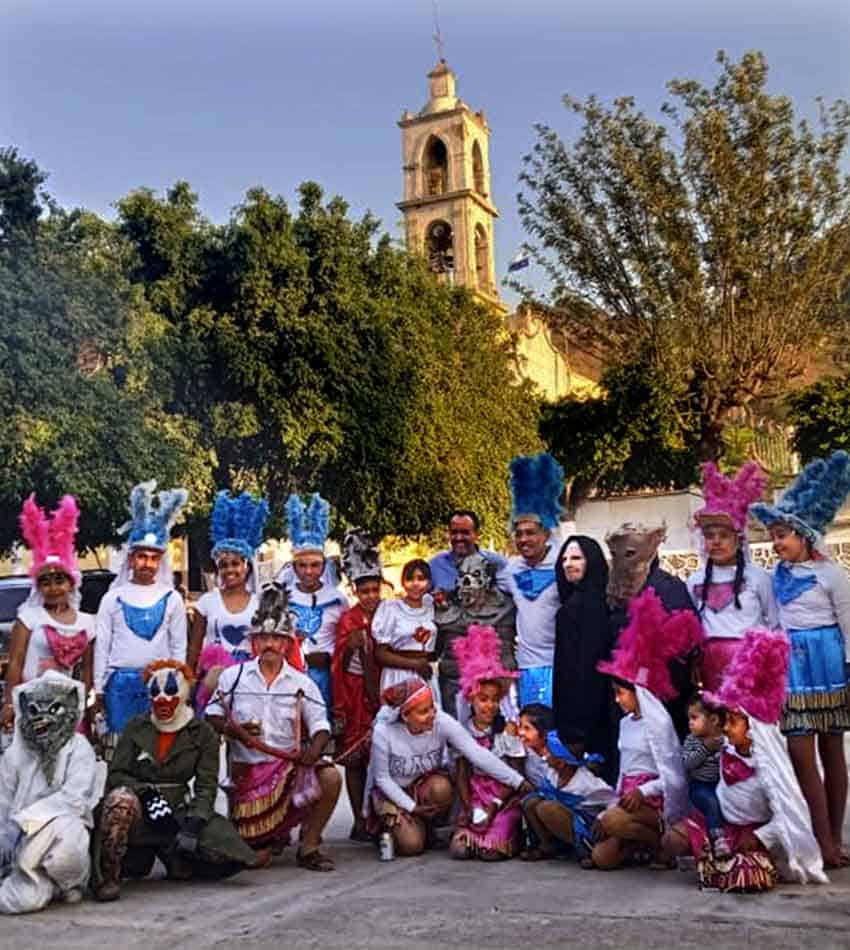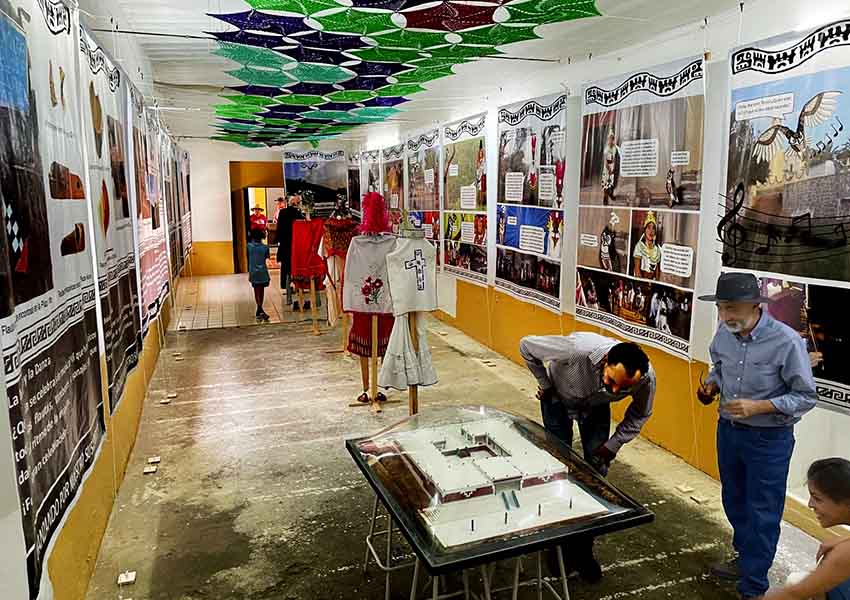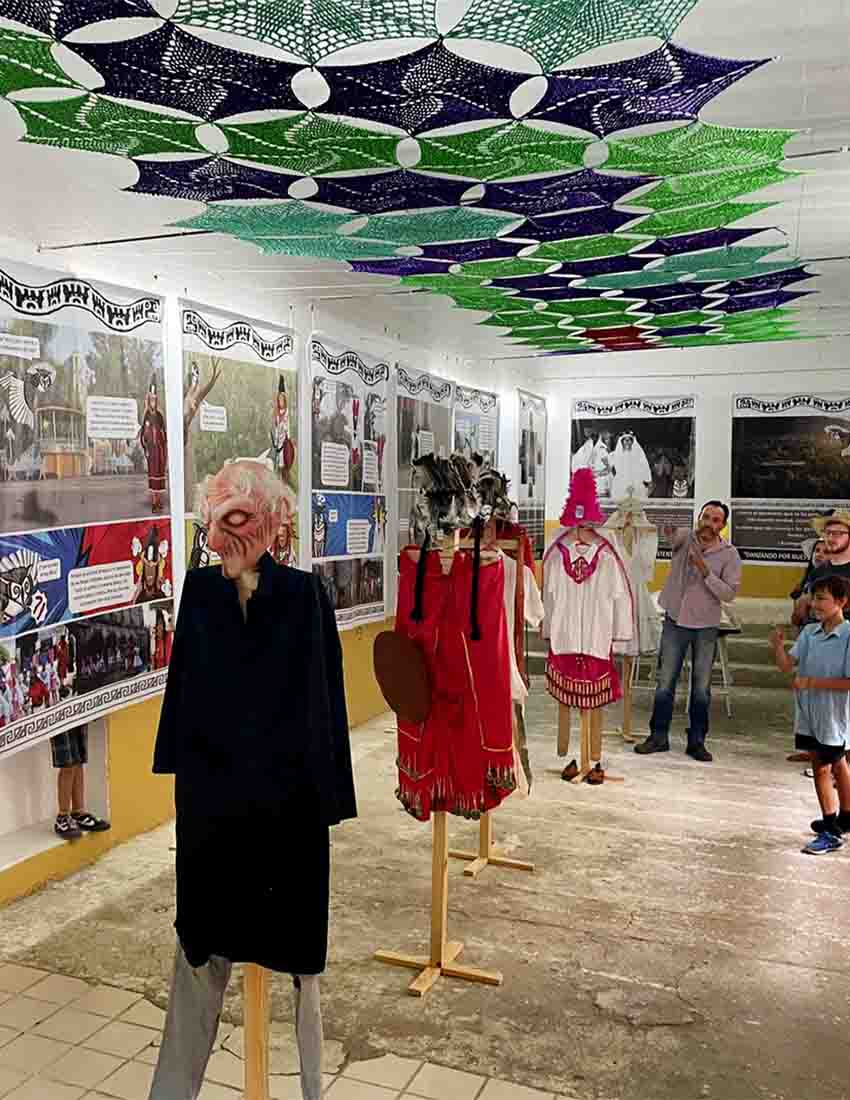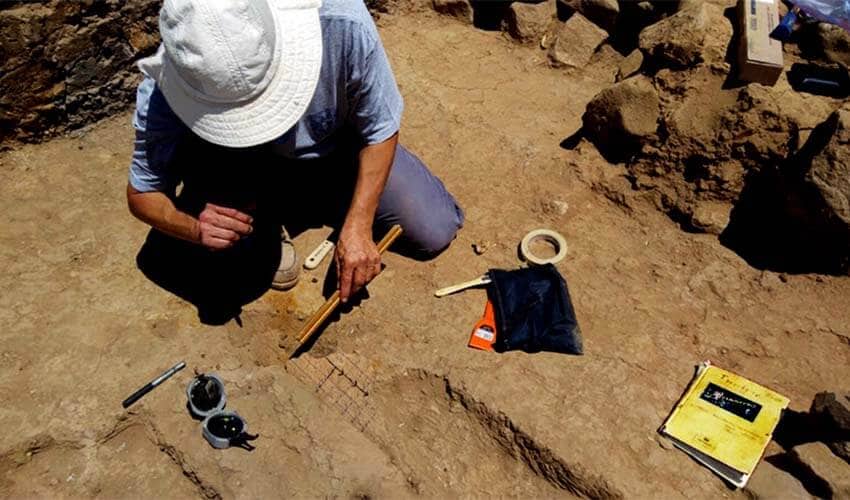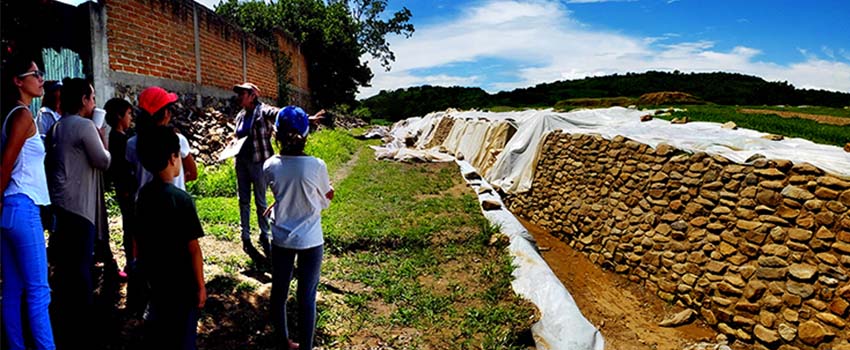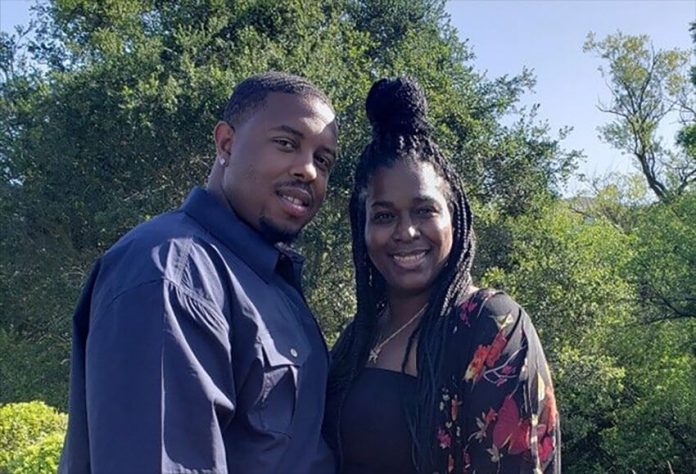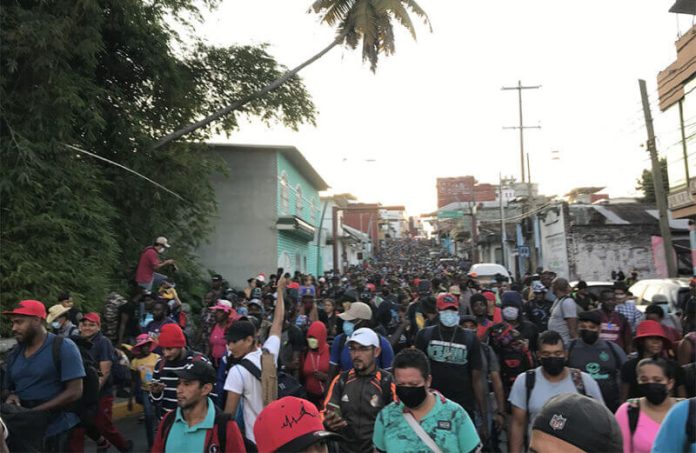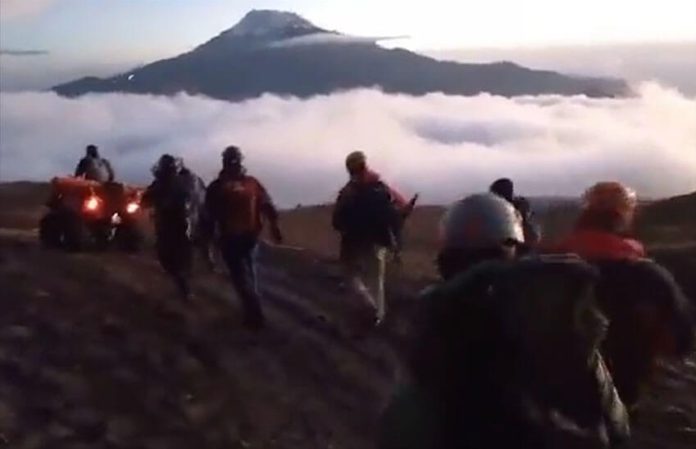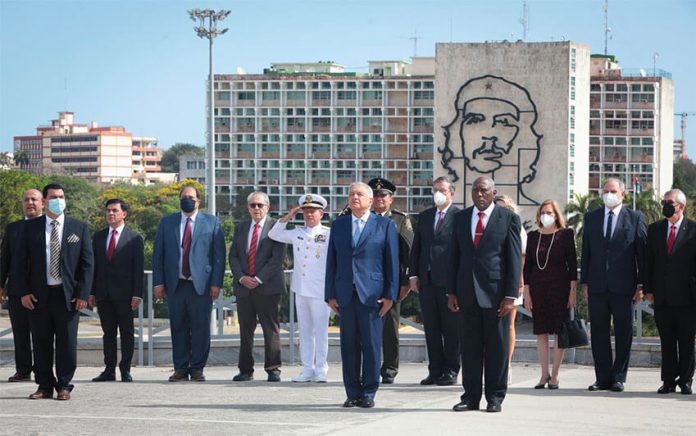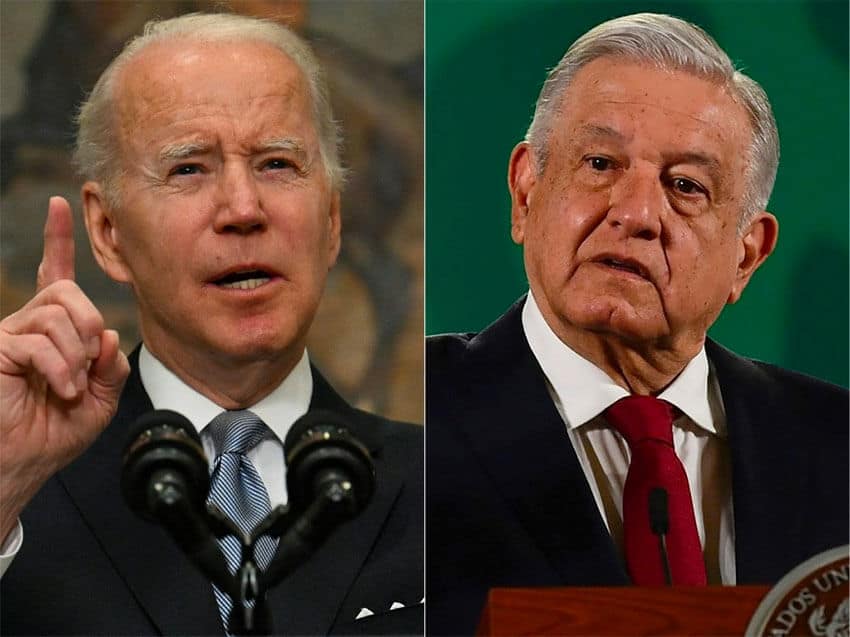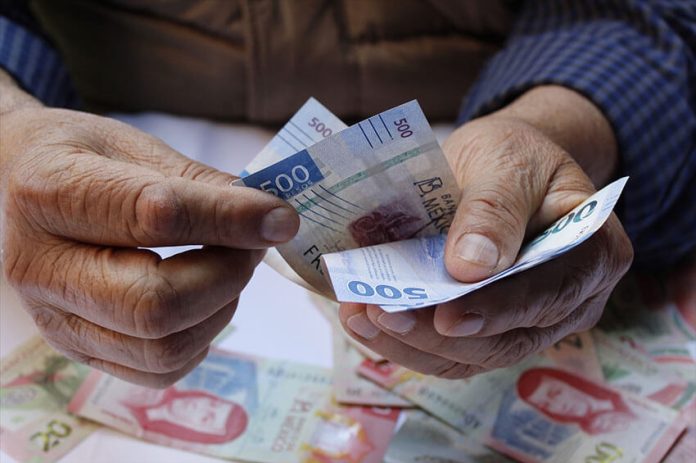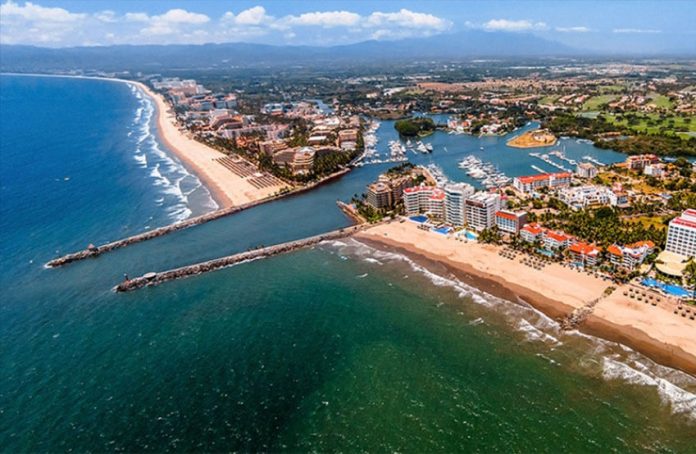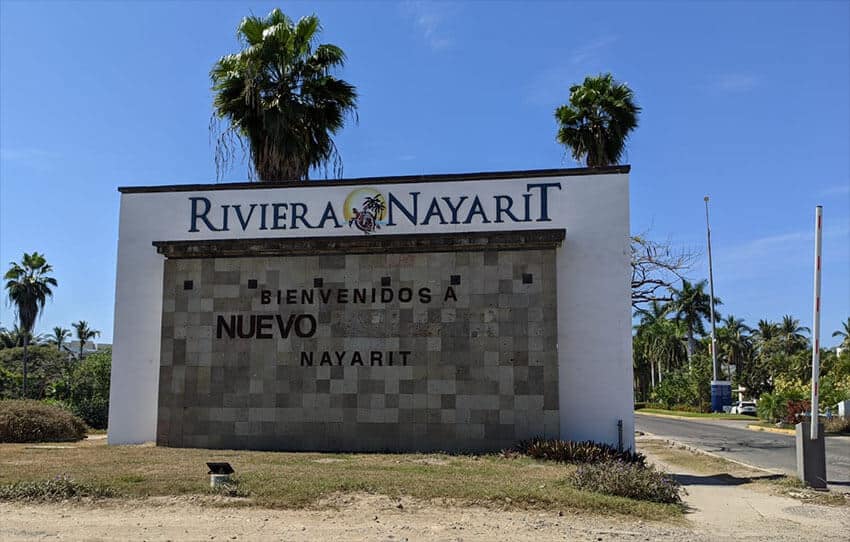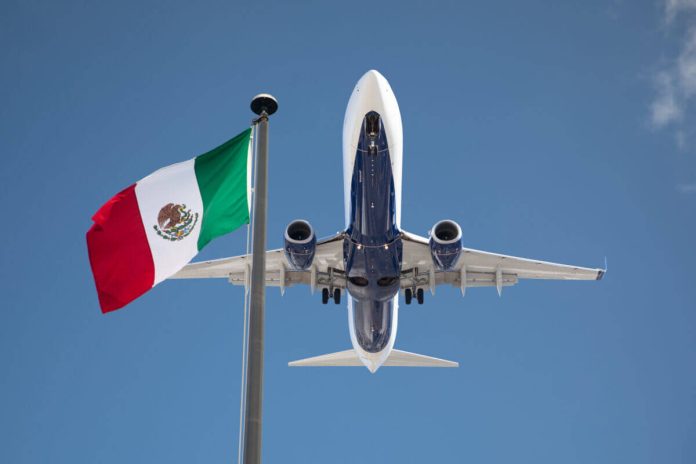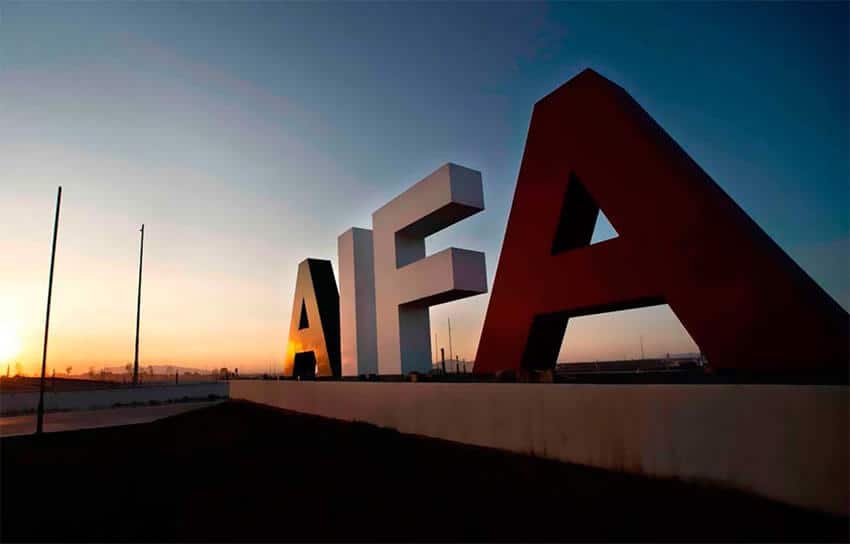President López Obrador had some banking to do last weekend, opening five branches of the state-owned Banco del Bienestar (Bank of Well-Being) in Morelos, Mexico City and México state. At one inauguration the president donned a Hawaiian-style flower garland, but stopped short of a hula dance.
Monday
The president was in party mood on Monday. He congratulated basketball player Juan José Toscano-Anderson for being the first Mexican to win the NBA finals and couldn’t hide his feelings about another recent victor. “Today we’re going to listen to cumbia. I’m really happy about Gustavo Petro’s triumph,” the president said, referring to the music genre from Colombia and the same country’s newly elected left wing leader.
However, the president’s mood soured on the subject of government collusion with organized crime. “That doesn’t exist in our government. It’s so absent that, to attack us, they make it up … they started making up that the government and I had links to organized crime. They can’t prove anything because we simply have principles and ideals … there’s no evidence,” he insisted.
The tabasqueño‘s winning smile returned at the mention of Petro’s victory, for which he took some credit. “We started a new era in the resurgence of democratic movements with a social dimension in America,” he said of his government, before calling for music: a song by Margarita la Diosa de la Cumbia (Margarita the Goddess of Cumbia), a Colombian-Mexican singer.
In relieving news for viewers, the head of the consumer protection agency Profeco assured that, despite fears, there was no shortage of toilet paper in Mexico. Another point in the country’s favor, the president explained, was the safety of its capital: Mexico City is safer than New York and is one of the safest cities in the world, he assured.
Tuesday
In the health update, the head of the Mexican Social Security Institute (IMSS), Zoé Robledo, addressed the country’s shortage of doctors. He said that no applicant had attended an interview for 78% of the 13,765 advertised posts, which appeal for specialists in poorly served, remote areas.
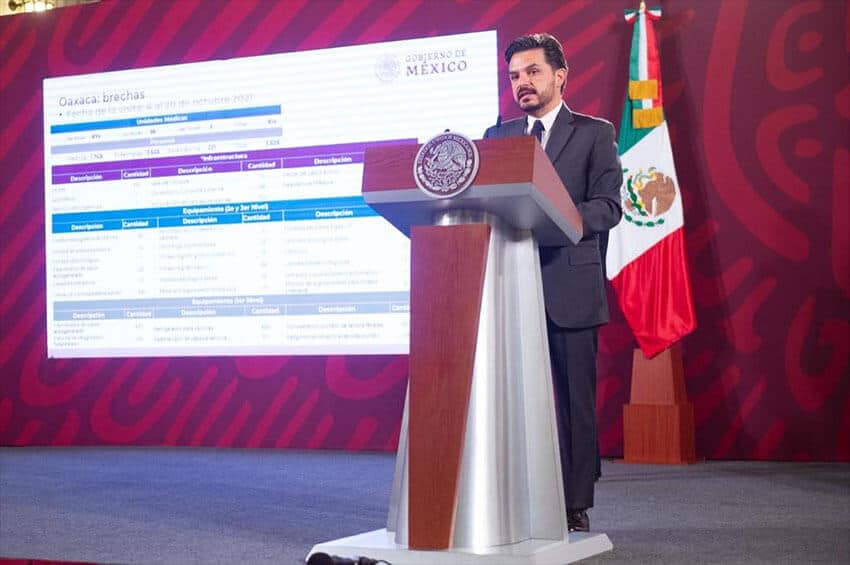
The well-being of Mexicans outside the country was of equal concern to the president. “We are ensuring that there is no mistreatment and that there is no discrimination [against migrants in the U.S.] … we are not going to allow any candidate, any party, for electoral purposes in the United States to use Mexicans … as a piñata. The time of silence is over, because there are very racist groups that used xenophobia, the hatred of foreigners, to get votes,” he said.
Another foreigner is unlikely to be offered the red carpet on arrival to the land of the free: investigative journalist Julian Assange’s extradition to the U.S. was approved by U.K. authorities. The president reiterated his objection to Assange’s imprisonment. “He is a prisoner of conscience. He is being unjustly treated. His crime … was to denounce serious violations of human rights and the interference of the United States government in the internal affairs of other countries … He is the world’s best journalist of our time … This is shameful,” he insisted.
“What about freedoms? Are we going to remove the Statue of Liberty in New York? … I’m going to ask President Biden to address this issue,” the president added of the Assange case, before repeating his asylum offer to the journalist.
Wednesday
The president expressed his condolences for the two Jesuit priests murdered in the Sierra Tarahumara, the rural Chihuahua home of the Rarámuri people. He added both men were around 80 and had been trying to save another man.
Elizabeth García Vilchis, the government’s media monitor, called foul in her “Who’s who in the lies of the week” section. She said the head of a civil organization invented a rape case involving National Guardsmen and insisted social media had been manipulated to promote a “narco narrative” of the president collaborating with cartels.
“As the song says, sometimes customs are stronger than love,” López Obrador said of snail-like reforms of the state oil company Pemex, borrowing words from the much cherished singer Juan Gabriel. He stole another line later in the conference, this time from a 19th century Russian critic, to offer a view on Spanish-Peruvian writer Mario Vargas Llosa, an adversary of the president. “Do you think he can write anything worth reading? Imagination and talent are lost when someone gives themselves entirely to lying,” he said, in a barb directed at Vargas Llosa.
Thursday
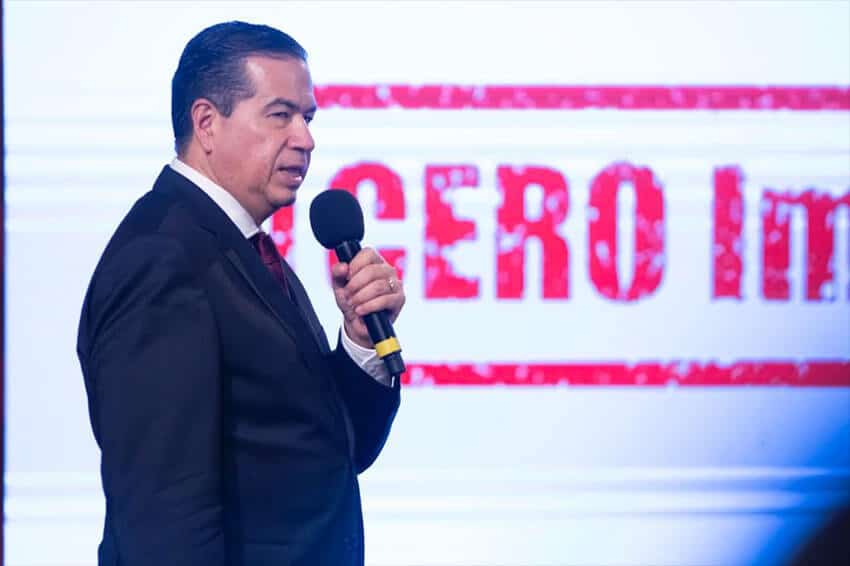
“Shorty,” “The Egg,” “The Accountant,” “The Cowboy,” “The Cow” and “The Devil” were the colorful names of choice of some of Mexico’s recently arrested criminals, the deputy security minister said. In a plot fitting of a Western, Ricardo Mejía Berdeja added that 5 million pesos (US $250,000) was being offered in the search for a man by the name of “El Chueco” (The Crooked) for the murder of the two priests in Chihuahua.
The president relayed Pope Francis’ reaction to the killings. “I express my sorrow and dismay at the murder in Mexico … of two Jesuits … How many murders in Mexico! Violence does not solve problems, but only increases unnecessary suffering,” the pontifex maximus’ Tweet read.
“We totally agree, because there are still those who think that violence must be confronted with violence, evil with evil,” López Obrador added.
Later in the conference, the president insisted that his adversaries were wrong to challenge his security strategy. “They are defending a failed strategy. They want us to use the full force of the state … an eye for an eye, a tooth for a tooth. That is the essence of conservative thought, that is what led Calderón to declare war,” he said, referring to a former president.
At the close, the president revealed an inspiration for his philosophy on law and order. “With serenity and patience, as Kalimán would say,” he said, in reference to the 1960s Mexican comic hero, an Indian orphan found abandoned in a river — the story goes — dedicated to fighting for justice.
Friday
The president reviewed the work of the Financial Times, The Washington Post, The Wall Street Journal and The New York Times on Friday, which he accused of being “very quiet” about the extradition of Assange. He had further advice for the European Union, whose parliament condemned violence against Mexican journalists in a March resolution. “The European Union is accusing us of not respecting freedom of expression and saying that journalists are persecuted … And now with Julian Assange, not a pronouncement, nothing, silence. They act as subordinates to the groups of economic power and political power,” he said.
The tabasqueño also had some constructive criticism for the U.S. Democratic Party later in the conference. He blamed Senator Bob Menendez for preventing the leaders of Cuba, Nicaragua and Venezuela from attending the Summit of the Americas earlier this month and criticized other Democratic lawmakers for blocking Biden’s infrastructure bill. “President Biden is a good politician and a good human being, but they’re all very abusive, they totally take advantage … hopefully they support the president and support their party. They are leading their party to failure,” López Obrador warned Democrats.
Mexico News Daily
